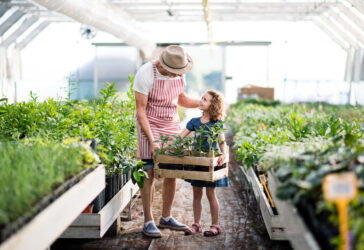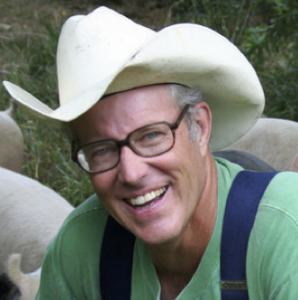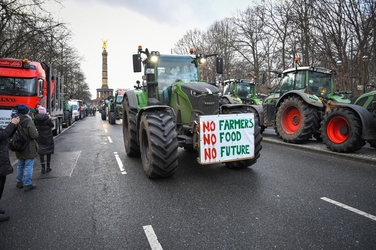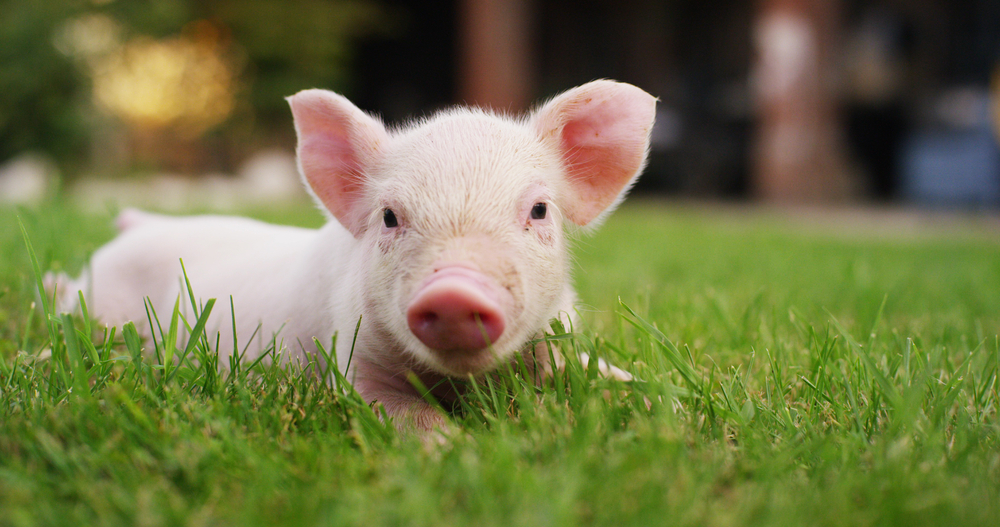Planning for a Rich Retirement
Joel Salatin|July 26, 2022

Editor’s Note: We often say that if you invest the same way as everyone else… you’ll get what everyone else gets. Today, Joel shows us that the same is true of planning your life in retirement. By thinking – and investing – differently, our later years can be full of life’s riches. See what Joel means below.
The American dream of retiring to a house on the edge of a golf course may no longer be the paradise folks assumed.
During times of stability and serenity, this dream made sense. But does it still?
Now that I’m at retirement age – don’t worry, farmers don’t retire – and besieged daily by people concerned about water, food and money, I’ve been wondering what the safest and most ideal late-life living situation might be.
Several years ago, I spoke at a Waldorf School complex in New York. The campus includes both retirement housing and an elementary school.
I saw large activity rooms where the elderly and the children interacted. Together, they happily knitted, canned, quilted, created artwork and woodworking projects, counted and separated seeds for campus gardens, built birdhouses, and performed a host of other skills and crafts. I remember thinking, “This is elderly nirvana.”
The cross-generational skills and relationships the children learned ensure that future generations will know what the previous generation knew.
Radically Different
Recently I learned about an initiative in New Zealand called “Regenerative Bunkers.”
The idea is that a farmer sells lifetime rights to ecologically constructed cottages to folks at or near retirement. These cottages are located in clusters on a regenerative farm. The investment pays for gardens, ponds, fencing, food forests, and infrastructure ranging from off-grid electricity to root cellars to ensure living resilience.
Several times I’ve enjoyed visiting an “Earth Village” in the Netherlands. It’s a community of about 35 homes clustered in a fairly self-contained settlement, all built with walls of earth called earth berms. The homes use scavenged materials and share a common manufactured wetland for waste treatment.
The last time I was there, one of the occupants had a business in which his herd of sheep grazed the roofs of all the earth-bermed structures. Lawn mowers need not apply.
Each home had enough space for a garden and a few chickens. A common parking lot offered a safe place for children to play. A common house had plenty of room for guests and parties. (That’s where I stayed.)
Each of these examples offers a radically different retirement opportunity.
A Rich Life
As I age, I find myself asking, “What kind of neighbors do I want?”
Better yet… “What kind of living situation would most likely guarantee health, happiness and needfulness until I drew my last breath?”
I’m not trying to be morbid here. But as Stephen Covey argued in The 7 Habits of Highly Effective People, we have to start with the end in view. Looking back, we all appreciate the brevity of life. But if we don’t start laying a foundation that’s different, we’re going to end up in the same kind of house as everyone else.
Indeed, if we invest our money like everyone else, we’ll end up dying like everyone else.
What do our later years look like? Often it’s the house by the golf course, then assisted living, then the nursing home and then the grave. It’s a steady progression – or regression – that moves us farther and farther away from needfulness and life’s richness.
What is life’s richness?
Being around people. Feeling appreciated, affirmed and needed. Feeling wanted (even if it’s by a pet).
At a recent Exit and Build conference, founder John Bush focused on intentional communities.
These are groups of people who get together for a common purpose. Building resiliency through eclectic skills and diverse interests – and across vocations, ages and backgrounds – can bring vibrancy to our later stages of life.
What’s your fantasy for how you’d like to live your later years? I want to live next to gardens, water, heat in the winter, mechanics, herbalists, children and caring middle-aged people who want to care for me because they love me, not because they get a paycheck.
When you start to think about this time of life, the need to be near gold and Walmart dissipates.
And I’d like my late-life decisions to be dictated by me, not an insurance company.
Hillary Clinton said “it takes a village” to raise a child. My permutation would add that it also takes a village to die with dignity.
Perhaps it just takes a village to live, regardless of age. That’s probably closer to the truth.
A Different Investment
As I’ve encountered these different kinds of communities and projects over the years, what has struck me is not the entrepreneurial savvy of some visionary, but the dire financial situation the dream gets mired in.
Each week I peruse the Wall Street Journal millionaire real estate section and marvel at the money available in the system. How resilient are these multimillion-dollar homes and living situations?
In contrast, every one of the innovative community-centric living models I’ve encountered flounders for lack of capital to develop the food forests, ponds, gardens, livestock facilities and alternative energy options that make them resilient and vibrant. They’re certainly more resilient than golf courses.
On our farm, we’ve created a multifamily eclectic community. My mother, who will be 99 in December, enjoys living in her own home 50 feet away from the home where Teresa and I live. Twenty-five people live and work here and, more importantly, take care of each other. If anyone is sick or absent, others, cross-trained and caring, step in to fill the workload and make chicken soup. I’m not bragging… I’m simply suggesting that although I have extremely limited money in the bank, I’m rich in neighbors and life.
Perhaps we need to rethink how we age and start looking for these intentional community investments. People of means could be the catalyst for one of these projects to develop into its full resilience.
Wouldn’t that be a different way to invest in retirement?

Joel Salatin
Joel Salatin calls himself a Christian libertarian environmentalist capitalist lunatic farmer. Others who like him call him the most famous farmer in the world, the high priest of the pasture, and the most eclectic thinker from Virginia since Thomas Jefferson. Those who don’t like him call him a bioterrorist, Typhoid Mary, a charlatan, and a starvation advocate. With a room full of debate trophies from high school and college days, 12 published books, and a thriving multigenerational family farm, he draws on a lifetime of food, farming and fantasy to entertain and inspire audiences around the world.





